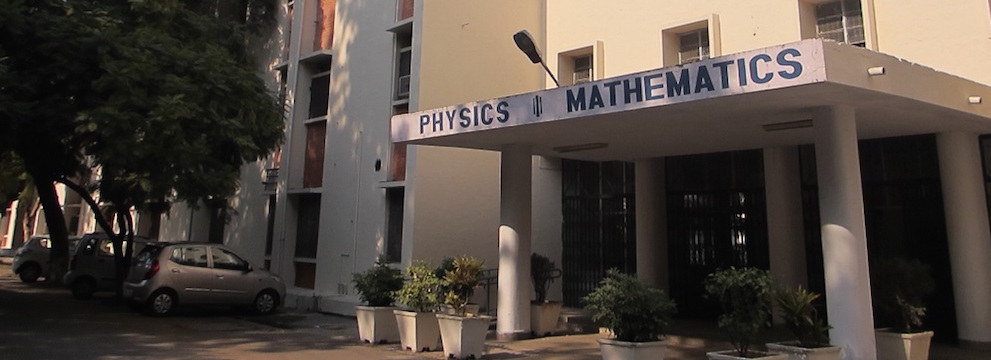
Applied Mathematics
In 2007, when the administration saw a drop in the number of postgraduate Maths students, the Society of Highly Intellectual and Trained Scientists of IITR was formed. The eminent members of the society decided to introduce the same course with a different name. (Apparently, this was the same committee that was responsible for changing the name of the white Main Building to James Thomason Building). The exact nature of the subjects of this branch is mentioned in the 2nd amendment of article 177A of the constitution of IITR, which states: “It’s got something to do with maths.”
This course aims at providing its students an in-depth understanding of the applications of mathematics in various fields like economics, business, and computer science. From the first year itself, the course has a bunch of subjects from applied, as well as pure mathematics. With courses like Numerical methods, Linear algebra, Discrete Mathematics and Introduction to Computer Programming, the course equips the students to start studying and appreciating the applications of mathematics in various fields.
In the subsequent years, advanced subjects such as Abstract Algebra, Fluid Dynamics, Design and Analysis of Algorithms are introduced. The topics covered focus on training you to be capable enough to implement your knowledge meticulously. As is mandatory for any Masters degree, the last semester is devoted to the thesis.
One of the main features of this course is the number of contact hours it entails. With very few subjects (like Data Structures) requiring practical classes, most of the classes wrap up in one half of the day. This gives the average student plenty of time to work on projects and competitions at various levels. If at all you are determined to take some highly competitive tests further, you’ll have all the time in the world to prepare. Also, the curriculum is designed so as to give you a head start in competitive exams.
When it comes to internships, the five year course acts as a boon, as with more years in hand, the student can explore more research opportunities as well as company internships in different fields of mathematics. For the smarter ones among us, this means more countries to visit during the course.
The job prospects that the branch offers are manifold. You are taught enough to choose whether you want to pursue the computational side, or finance and consultancy, or research. You can be considered for consultancy, banks, other financial institutions, and software and data analytics companies. Many students pursue a career in academia and research by applying for PhDs at reputed Ivy League Institutes. And if none of these fields appeal to you, with the limited contact hours, you will always have more than enough time to explore other options.